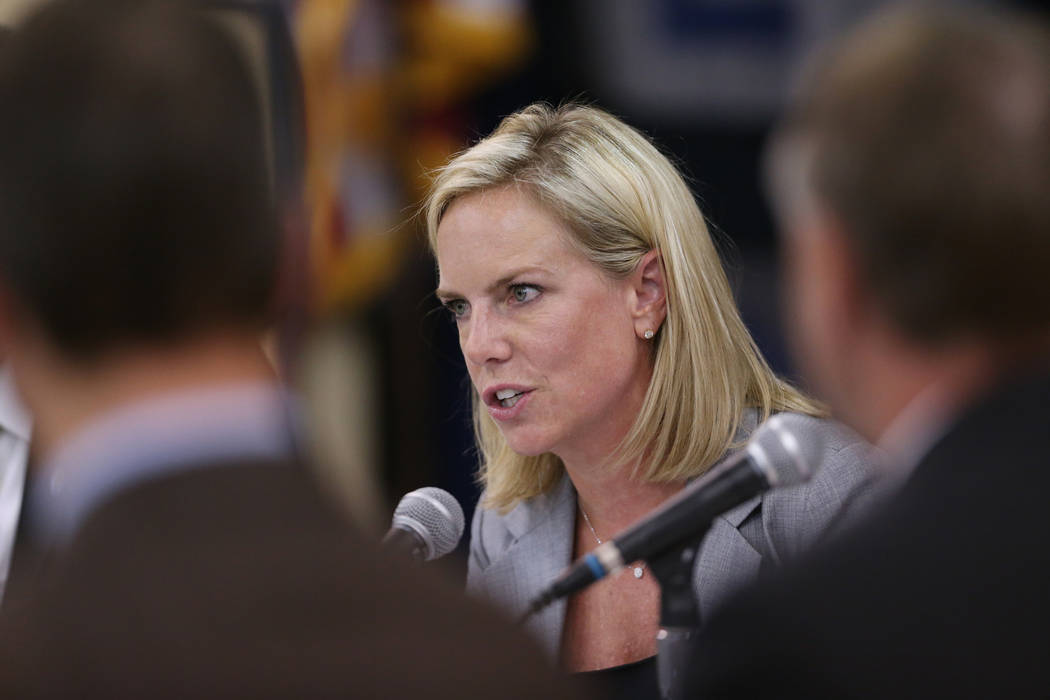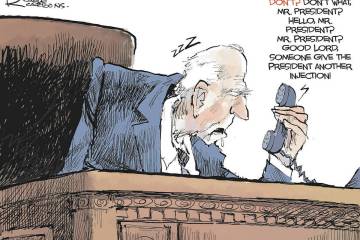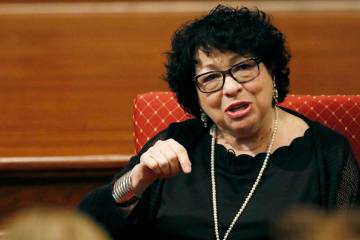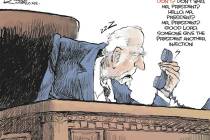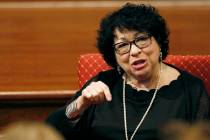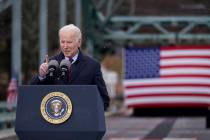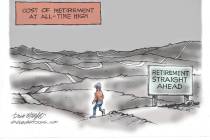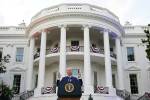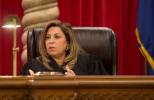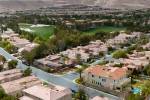COMMENTARY: Keeping students safe at school
As a nation, we were heartbroken by the tragic shooting at Marjory Stoneman Douglas High School earlier this year. And we have watched in disbelief as elsewhere across the country — from California, to Texas, to Kentucky — similar tragedies have affected more and more communities.
To address this violence in our schools, President Donald Trump established the Federal Commission on School Safety earlier this year. As a core member of the commission, the Department of Homeland Security is applying its deep expertise in securing the homeland to find new ways to secure our schools so that communities can be focused on how best to educate their children and not forced to worry about their children’s lives at school.
Last week, I had the opportunity to meet with Clark County School District officials, local law enforcement and building security specialists to discuss tangible, actionable ways to improve school security, both in Nevada and across the United States.
In addition to using information gleaned from field visits, the department is identifying key lessons learned from interviews, commission meetings and our protection of sensitive government facilities, airports and major public events and applying those principles to safeguarding classrooms.
In June, my department released a K-12 security guide and survey to assist schools in conducting security self-assessments and in identifying options to improve protective measures.
Our recommendations include best practices for visitor entry controls at schools, physical security improvements and the need for modern mass communication systems to enable alert and warning prior to or during emergencies.
Last month, DHS also released Enhancing School Safety Using a Threat Assessment Model: An Operational Guide for Preventing Targeted School Violence.
Developed by the U.S. Secret Service using its expertise in thwarting threats to the president and many years of work on school safety, this guide helps schools develop plans and procedures to spot dangerous individuals before it’s too late.
But no matter how much we try to prevent catastrophe, we must still be ready in case violent offenders gain access to our schools and seek to do harm. It is therefore vital that schools also be prepared to respond by having incident management plans to include clear protocols for responding to active shooters.
To assist with these efforts, the commission produced the Guide for Developing School Emergency Operations Plans, which will help educators and school systems around the country better prepare for the worst.
To be most effective, plans must be trained and exercised, revised as needed and exercised again. DHS offers training courses on defending against active shooters, identifying suspicious behavior and activity and responding to mass casualty events.
Our response to these threats must be automatic, built into the muscle memory of our educational institutions. We know from past attacks that time equals lives lost or lives saved, and we don’t have minutes or even seconds to waste when a crisis occurs.
I urge school officials, law enforcement and members of the public to take advantage of the tailored and effective programs offered by multiple DHS agencies, from training sessions and workshops to grants and threat assessments.
With the feedback we have received from community leaders such as those in Clark County, the federal Commission on School Safety will soon release a report outlining how we can all work together to better prepare for, prevent, protect against and respond to threats to our schools.
This requires a “whole of community” effort, and it demands that all of us step up to do more.
We must fight the corrosiveness of complacency by staying vigilant — long after tragedies have passed.
This is a cause that should transcend party lines. It should transcend Washington politics. It should bring our country together in common cause — because our children are the future of America. And their security should be our highest priority.
Kirstjen Nielsen is U.S. secretary of Homeland Security.



